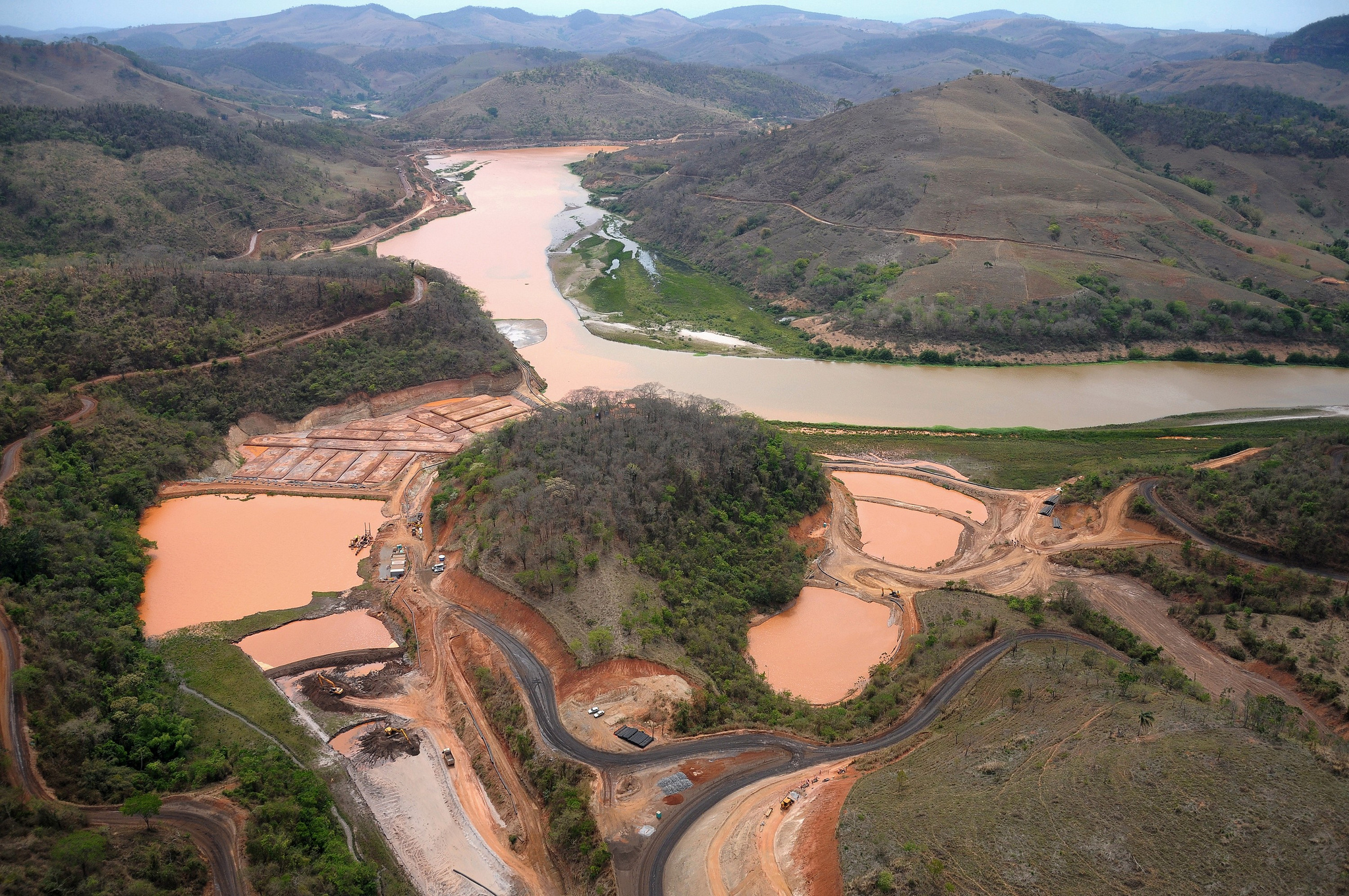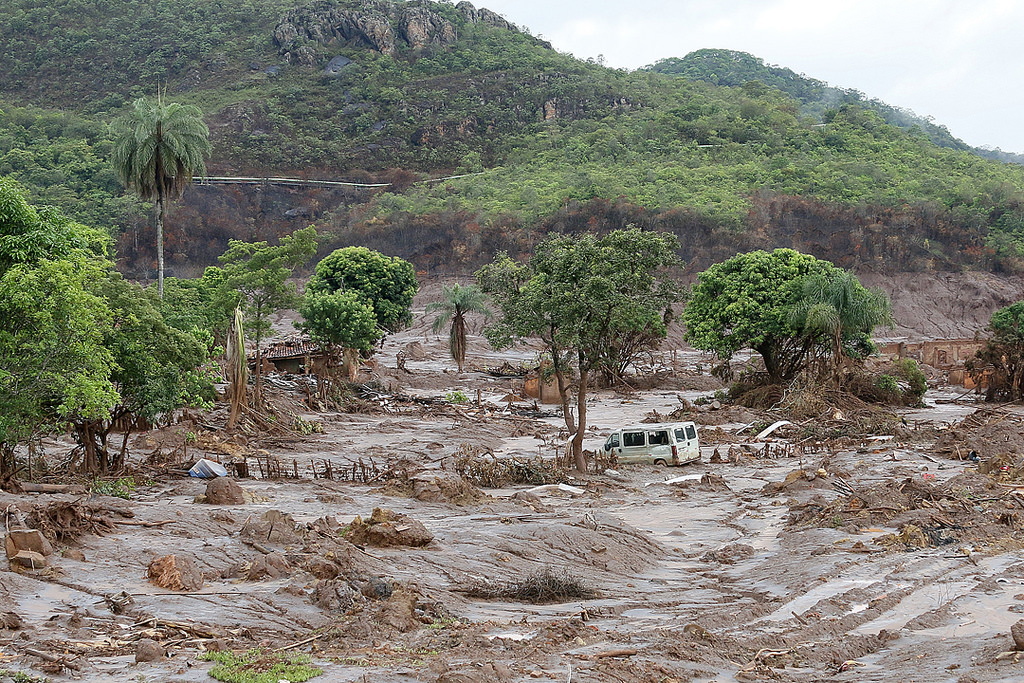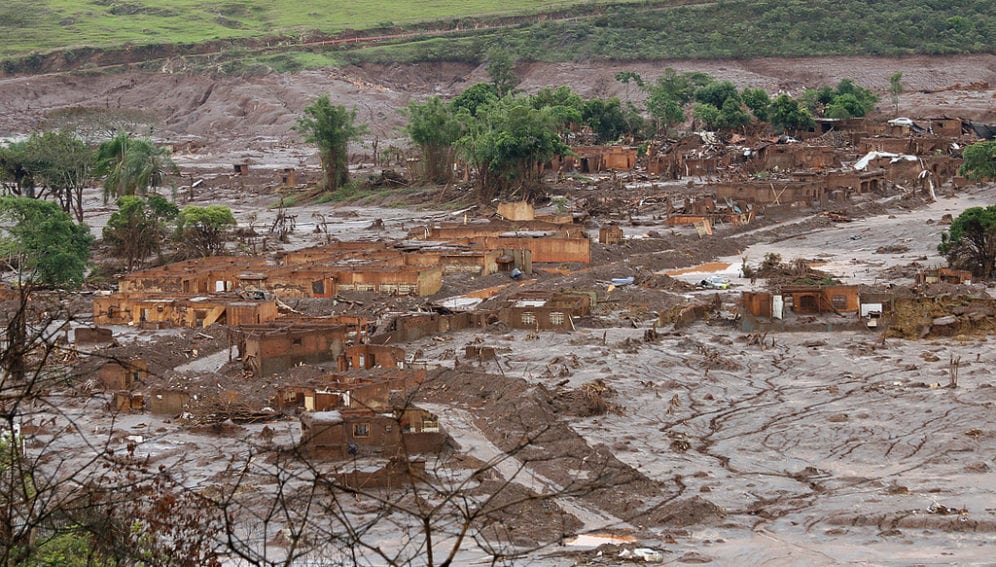Send to a friend
The details you provide on this page will not be used to send unsolicited email, and will not be sold to a 3rd party. See privacy policy.
[SÃO PAULO] The town of Regência in the state of Espírito Santo, one of the areas affected by Brazil’s worst environmental disaster, may face a scenario of chronic environmental pollution.
According to recent research that analyses the pollutants released as a result of the disaster, chronic pollution poses serious risks for Regência, where residents depend on fishing and tourism for survival.
Three years ago, on 5th November 2015, the failure of a tailings dam containing millions of litres of mining waste — run by the Brazilian mining company Samarco — released a tidal wave of 50 million cubic meters of water and sediment from iron ore extraction.
“The study’s main contribution is the observation that the environmental effects, and impacts in the coastal area, may become more significant as time goes by,”
Omar Yazbek Bitar
The waste washed across the nearby area, the town of Mariana in Minas Gerais state, decimating wildlife and spewing a rusty-red plume of mud down the Doce river, which is important for the region’s economy.

In addition to destroying villages and leaving hundreds homeless, the toxic effluent killed aquatic life as it flowed across 600 kilometres downriver for 17 days, until reaching its estuary close to Regência village.
As a result of constant flow into the ocean since then, the waste has formed a plume that moves along 200 kilometres of coastline to the north and south of the Doce river, reaching at least two marine conservation facilities.
Now, a team of researchers has analysed the metal content of the effluent, which made its way to the River Doce estuary. In a study published in the Science of the Total Environment, they report it is mostly made up of a group of minerals called iron oxyhydroxides, which tend to get stored in the top layers of soil — but then get re-released.
“It turns out that the iron oxyhydroxides may be solubilized, causing a progressive release of the associated metals into the environment,” says Tiago Osório Ferreira, a professor at University of Sao Paulo’s Luiz de Queiroz College of Agriculture and one of the study’s authors.



Their findings show that under current conditions in the estuarine environment, the toxic metals may get solubilised, with their gradual release creating a scenario of chronic environmental contamination.
Ferreira and his team now intend to assess other components of the affected ecosystem in order to monitor pollution levels over time. The aim is to develop strategies for mitigating the contamination in the area
.Omar Yazbek Bitar, a geologist at the Institute of Technological Research in São Paulo, says the study’s finding that metal content is ‘enriched’ in soil is possibly a result of interactions between the effluent, riparian vegetation and animal activity. He agrees that this interaction may increase the risk of environmental contamination over time.“The study’s main contribution is the observation that the environmental effects, and impacts in the coastal area, may become more significant as time goes by,” Bitar tells SciDev.Net.
“It also alerts to the need for continuous monitoring of the the soil in that region, and the development of viable solutions that might contribute to avoiding or mitigating the environmental and social impacts.”
The study published in the journal Science of the Total Environment is the result of a project supported by FAPESP, one of SciDev.Net’s donors.
This article has been produced by SciDev.Net’s Latin America & Caribbean desk.














